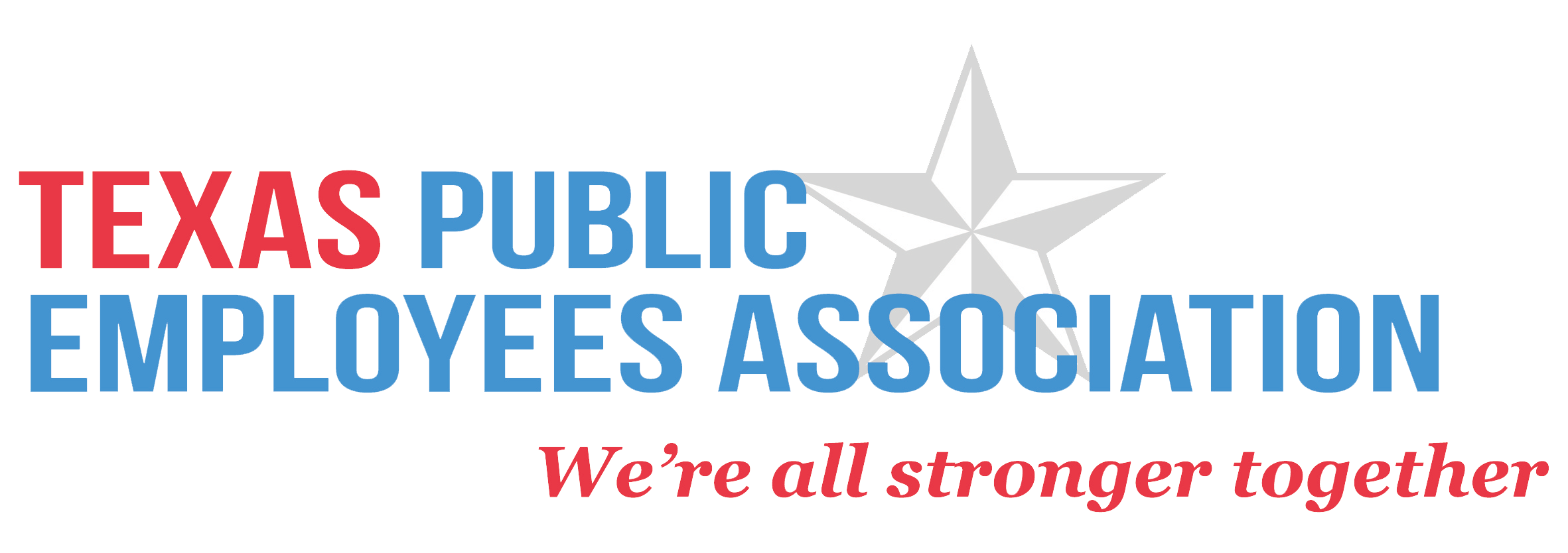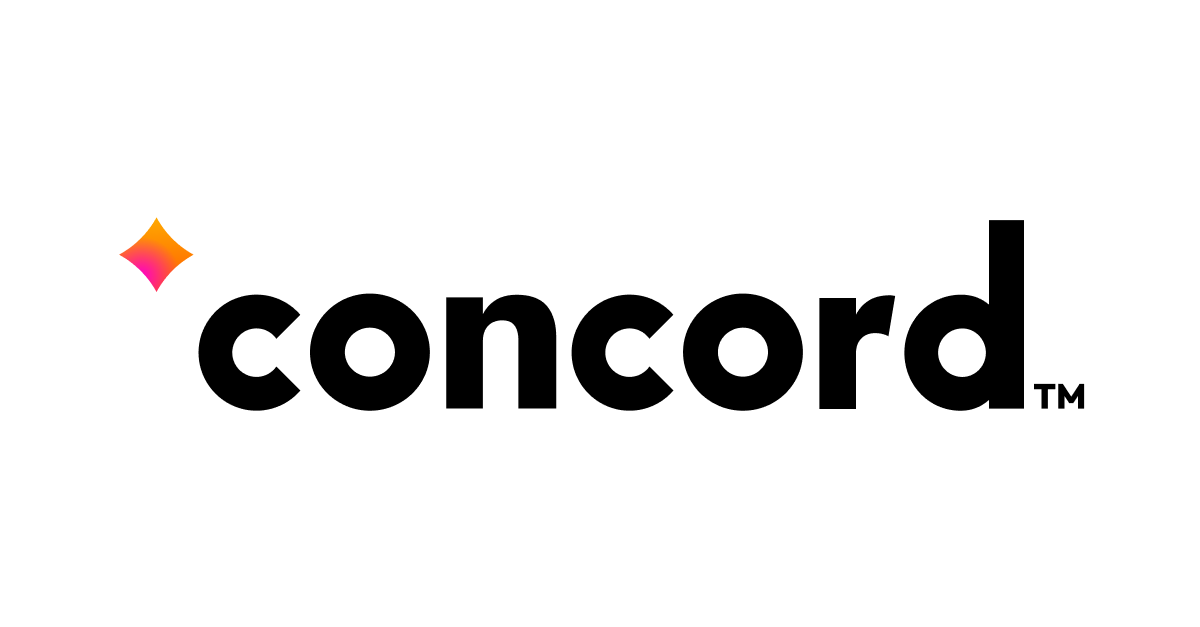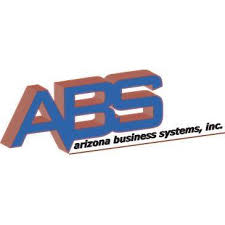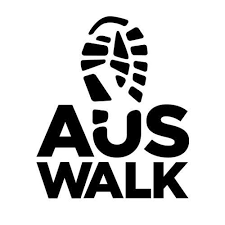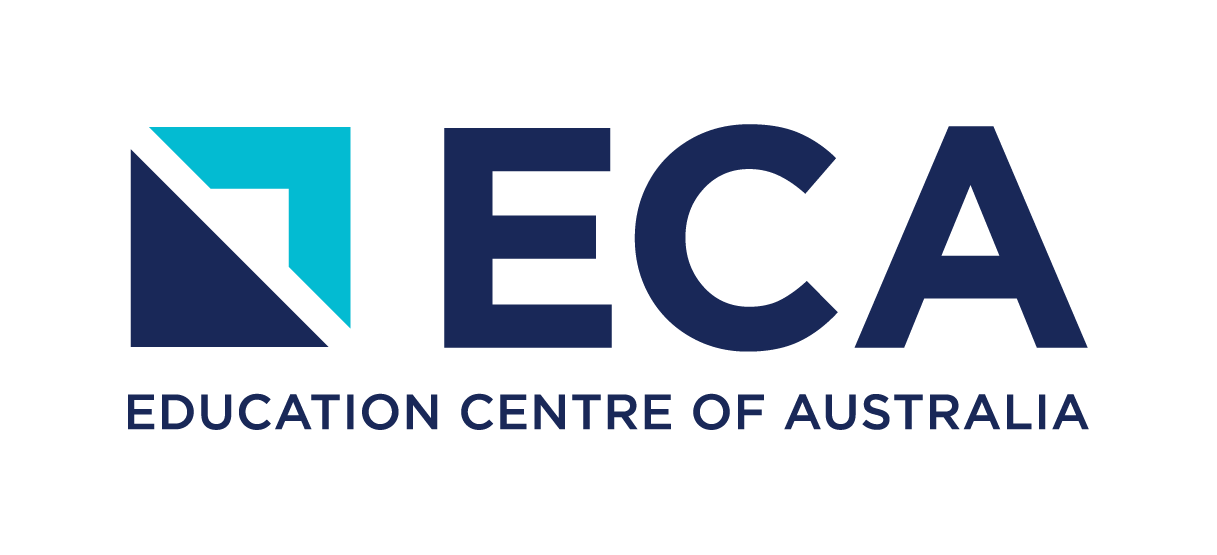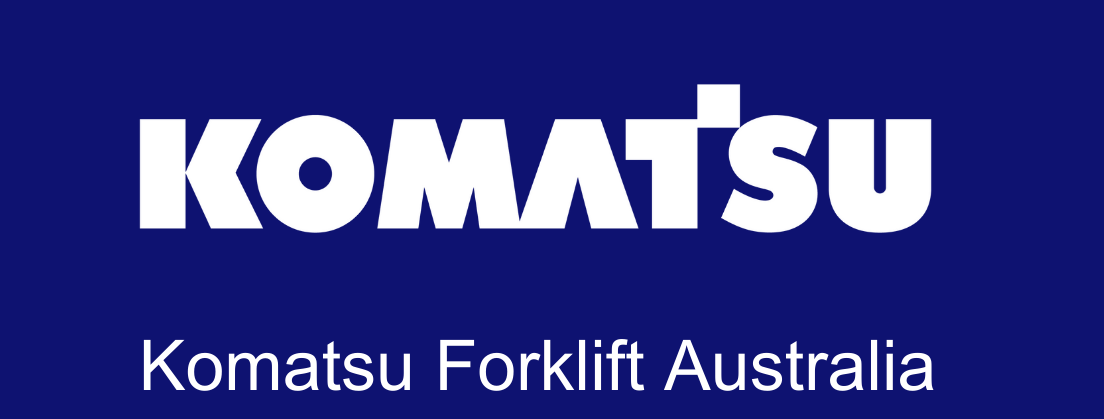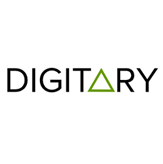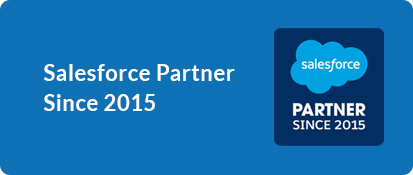Our Blogs
Table of content
- 1.The “Build It and They Will Come” Trap- 2. Lack of Stakeholder Involvement
- 3. Training as a One-Time Event
- 4. Misalignment Between Leadership and Ground-Level Users
- 5. Change Fatigue and Organisational Culture
- The Bottom Line
When a Salesforce Implementation project falls flat, we tend to blame the usual suspects: tech issues, integration challenges, or poor data quality. But more often, it’s the human factor, the part we talk about the least, that makes the biggest difference.
Salesforce, like any powerful tool, is only as effective as the people using it. The most elegant configurations, the most seamless integrations, and the cleanest datasets can all be rendered meaningless without adoption, engagement, and ownership from the people who are supposed to use them. That’s why it’s time we stopped treating Salesforce implementations as purely technical projects and started treating them as deeply human ones.
So, where do things typically go wrong? Below are five of the most common ways the human element gets overlooked in Salesforce projects, and what to do instead.

1.The “Build It and They Will Come” Trap
One of the most common pitfalls in Salesforce projects is assuming that once the system is live, people will naturally start using it. In reality, users often revert to spreadsheets, emails, or legacy tools, not out of resistance to change, but because they don’t understand how the new system makes their work easier or more effective.
Solution: Change management must be embedded from day one. This includes clear communication of the why, visible executive sponsorship, and ongoing user engagement, not just during rollout, but well beyond.
2. Lack of Stakeholder Involvement
Too often, the design and decision-making around Salesforce are centralised among IT or a small group of project owners. Meanwhile, the people whose workflows are most affected, such as the sales team, customer service reps, and marketers, are left on the sidelines. The result? A system that looks good on paper but fails to reflect real-world needs.
Solution: Involve end-users in discovery and design. Create feedback loops. Empower departmental champions. Let the people who live in Salesforce every day help shape it.
3. Training as a One-Time Event
Another classic misstep is treating training as a checkbox: a few hours of instruction right before go-live, and then you’re done. But adult learning doesn’t work that way, especially when the system is complex and the workflows are nuanced.
Solution: Think of enablement as an ongoing journey. Deliver contextual, role-based training. Offer microlearning and just-in-time support. Celebrate wins and reinforce behaviours. Make learning part of the culture, not just the implementation plan.
4. Misalignment Between Leadership and Ground-Level Users
Leadership often has a strategic vision for Salesforce: improved visibility, pipeline accuracy, and forecasting. Meanwhile, frontline users are trying to hit quotas, manage accounts, or resolve support tickets. If the system feels like a monitoring tool rather than a performance enabler, adoption suffers.
Solution: Bridge the gap by aligning strategic goals with user incentives. Show how Salesforce helps users hit their KPIs, not just leadership dashboards. Make it a tool for the user, not just about the user.
5. Change Fatigue and Organisational Culture
Every organisation has a threshold for change. If Salesforce is introduced during a period of turbulence, such as mergers, leadership turnover, or layoffs, employees may simply not have the emotional or cognitive bandwidth to engage. Worse, if the organisational culture resists transparency or accountability, the very premise of Salesforce becomes threatening.
Solution: Be honest about the organisation’s change capacity. Time implementations strategically. If the culture needs to evolve, do the work there first, before layering on a system that demands new behaviours.
The Bottom Line
Even with the best tools, such as Salesforce and HubSpot, success isn’t guaranteed if organisations underestimate the complexity of human behaviour. Technology is only part of the equation. Real success happens at the intersection of process, psychology, and people, a principle that Girikon and I live by.
The good news? When companies get the human side right, Salesforce becomes more than a CRM, because it becomes a catalyst for transformation.

 +61-1300-332-888
+61-1300-332-888 +1-480-382-1320
+1-480-382-1320









